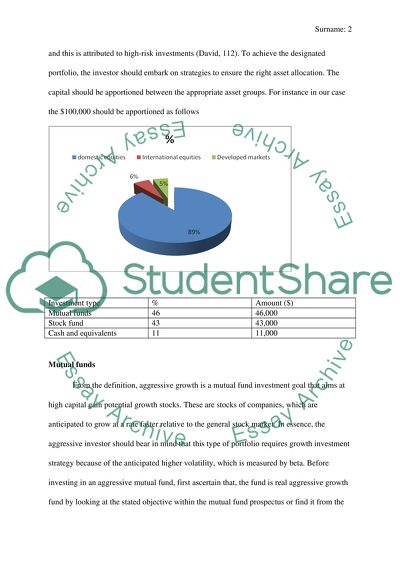Cite this document
(“Marketing Essay Example | Topics and Well Written Essays - 1750 words”, n.d.)
Marketing Essay Example | Topics and Well Written Essays - 1750 words. Retrieved from https://studentshare.org/marketing/1492833-marketing
Marketing Essay Example | Topics and Well Written Essays - 1750 words. Retrieved from https://studentshare.org/marketing/1492833-marketing
(Marketing Essay Example | Topics and Well Written Essays - 1750 Words)
Marketing Essay Example | Topics and Well Written Essays - 1750 Words. https://studentshare.org/marketing/1492833-marketing.
Marketing Essay Example | Topics and Well Written Essays - 1750 Words. https://studentshare.org/marketing/1492833-marketing.
“Marketing Essay Example | Topics and Well Written Essays - 1750 Words”, n.d. https://studentshare.org/marketing/1492833-marketing.


